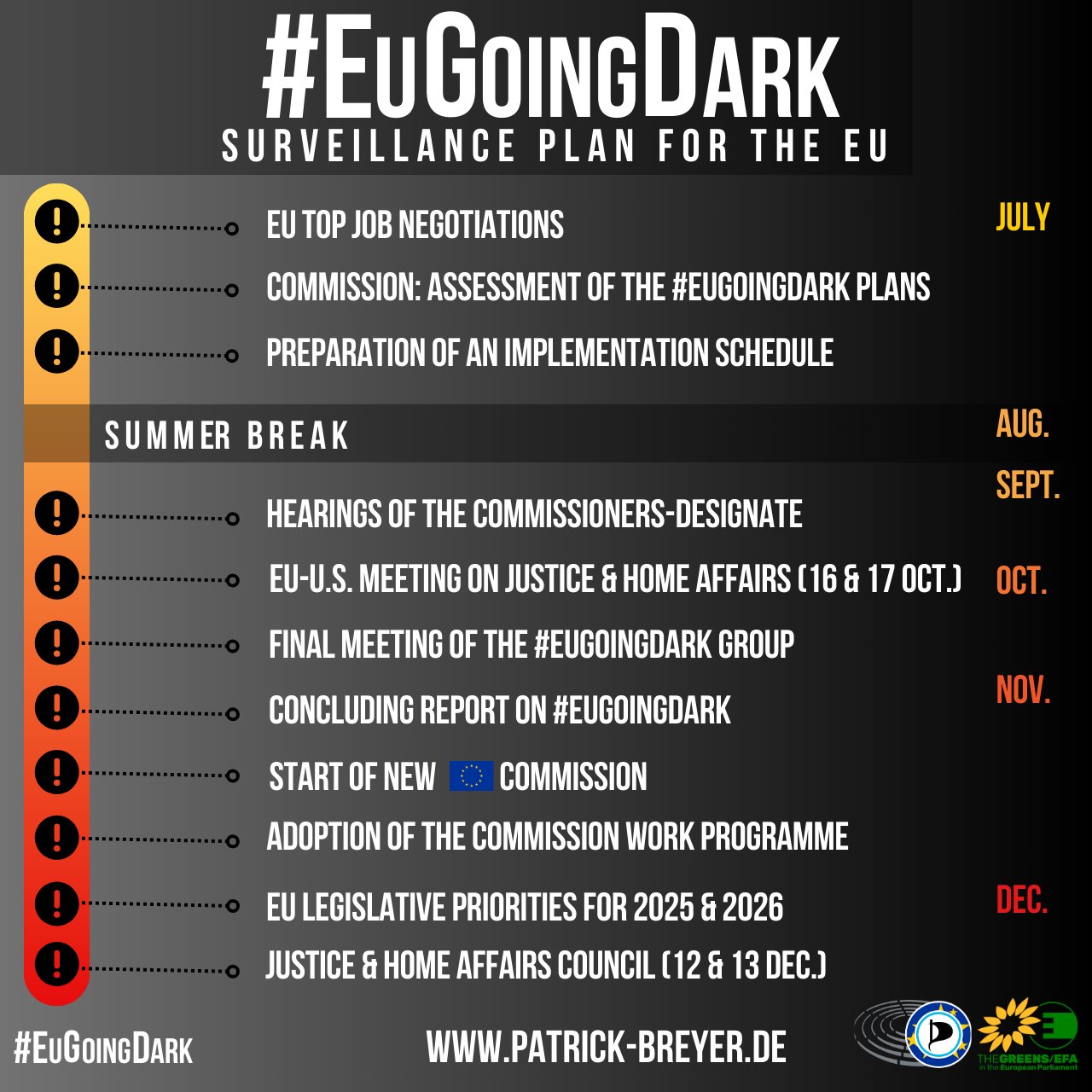Transparency lawsuit against secret EU surveillance research: Judgement on 15 December in Luxembourg.
The EU supported trials of the use of “artificial intelligence” at its borders by testing a “video lie detector” on travellers. On 15 March 2019, MEP and civil liberties activist Dr Patrick Breyer (Pirate Party) filed a lawsuit for the release of secret documents on the ethical justifiability, legality and the results of the technology. The European Court of Justice will deliver its judgement publicly in Luxembourg on 15 December 2021 (Case T-158/19). A landmark ruling could generally shed light on EU-funded „security research“.
In April 2021, it emerged that the „iBorderCtrl“ project, which was entirely funded by the EU, used part of its funding to lobby legislators for fundamental rights restrictions which would allow the use of its controversial technology on travellers. The EU Commission tried to hide this in a partially redacted document that was reconstructed by technical means. In her response to a written question by Patrick Breyer, EU Commissioner for Home Affairs Ylva Johansson denied that the lobbying— which was clearly proven in the document— had taken place. In October, the European Parliament expressed “concern” about the iBorderCtrl project. Under a follow-up project, “TRESSPASS”, the EU has again funded the testing of unscientific technology to “assess the sincerity of the traveller and his statements.
“The European Union keeps funding illegal technology that violates fundamental rights and is unethical,” Breyer criticises. “It declares the projects a ‘trade secret’ of the corporations involved. With my transparency complaint, I want to have it clarified once and for all that the taxpayer, science, media and parliaments have a right to access publicly funded research – especially in the case of pseudoscientific and Orwellian developments like the ‘video lie detector’.”
In China, technology for emotion recognition based on CCTV footage is already being used in prisons, schools, retirement homes and police stations on the Uighur minority.



